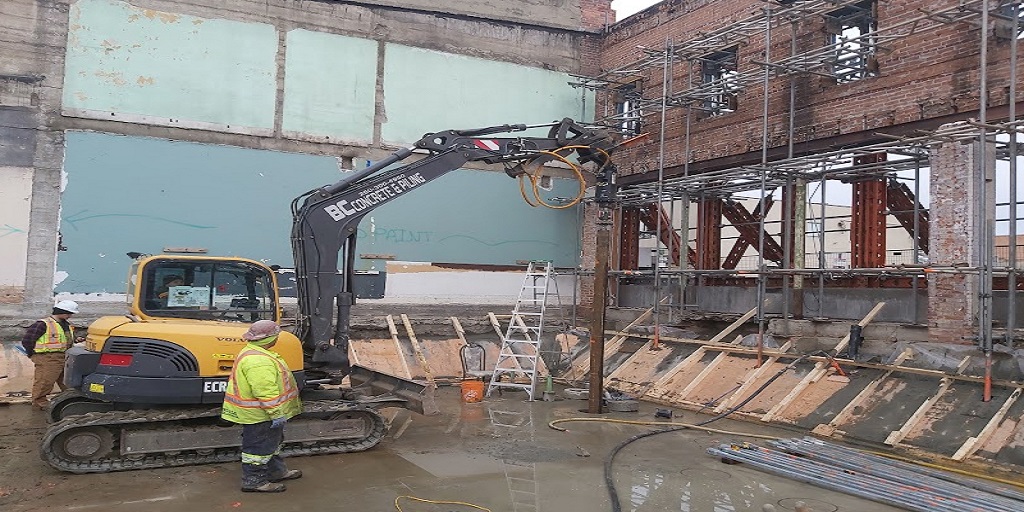Gynecomastia surgery, also known as male breast reduction, is a popular procedure for men seeking to eliminate excess breast tissue and achieve a flatter, more masculine chest contour. One of the common concerns among potential patients is the visibility of surgical scars post-procedure. Understanding the nature of these scars, their healing process, and factors influencing their visibility can help individuals make informed decisions about undergoing Gynecomastia Surgery in Abu Dhabi.
In this comprehensive guide, we explore all aspects of post-surgical scarring, from incision techniques to scar management, providing valuable insights for those considering this transformative procedure.
Understanding Gynecomastia Surgery and Incision Techniques
The Surgical Approach and Incision Types
The visibility of scars after gynecomastia surgery largely depends on the surgical technique employed and the location of incisions. Surgeons typically use minimally invasive approaches that aim to reduce scarring and ensure aesthetic outcomes. Common incision sites include:
- Periareolar Incisions: Small cuts around the edge of the areola. These scars tend to blend well with the natural pigmentation and are less noticeable over time.
- Infra-mammary Incisions: Incisions made along the natural fold beneath the chest. While slightly more visible initially, these scars often fade substantially.
- Vertical or Lateral Incisions: Less common, used in specific cases, and their visibility varies depending on healing.
The Goal of Incision Placement
The primary goal is to position scars in areas that can be easily concealed, ensuring minimal impact on the individual’s appearance. Skilled surgeons choose incision sites based on the amount of excess tissue, skin laxity, and patient anatomy, all contributing to the eventual scar visibility.
Healing Process and Factors Influencing Scar Visibility
The Natural Healing Timeline
Post-surgery, scars go through several stages of healing:
- Initial Healing (First Few Weeks): Incisions are closed, and the area may be swollen or bruised. Scars appear prominent at this stage.
- Scar maturation (Months 3-6): The scar begins to fade, becoming less raised and pigmented.
- Long-term (Up to a Year or More): Scars continue to refine, potentially becoming almost invisible with proper care.
Factors Impacting Scar Appearance
Several factors influence how visible scars will be after gynecomastia surgery:
- Skin Type and Color: Individuals with darker or more pigmented skin may develop more prominent scars.
- Age: Younger skin tends to heal better, resulting in less noticeable scars.
- Genetics: Some people are predisposed to hypertrophic or keloid scarring.
- Surgical Technique: Precision in incision and suturing reduces undue tissue trauma, leading to better scar outcomes.
- Postoperative Care: Proper wound care, avoiding sun exposure, and following surgeon instructions significantly impact scar appearance.
Techniques to Minimize and Conceal Scars
Advanced Surgical Methods
Modern gynecomastia surgeries utilize techniques aimed at minimizing scarring:
- Endoscopic Procedures: Use small incisions and cameras to perform the surgery, resulting in minimal visible scars.
- Laser-Assisted Liposuction: Targets fatty tissue with less invasive incisions.
- Wound Closure Strategies: Fine suturing and tension-free closure promote better healing.
Postoperative Scar Management
Effective scar management strategies include:
- Silicone Gel or Sheets: Help flatten and soften scars.
- Scar Massage: Promotes blood flow and tissue remodeling.
- Sun Protection: Protect scars from UV exposure to prevent pigmentation changes.
- Follow-up Treatments: Laser therapy or steroid injections may be recommended for hypertrophic scars.
Realistic Expectations and Long-term Outcomes
Will Scars Be Completely Invisible?
While surgical techniques aim to produce discreet scars, it is important to recognize that scars are a natural part of healing. Most scars associated with gynecomastia surgery tend to fade significantly over time and become less noticeable, especially when proper care is taken. With advances in medical technology and skilled surgical artistry, many individuals experience scars that are well concealed and minimally visible.
Factors Contributing to Scar Camouflage
Choosing an experienced surgeon, adhering to postoperative instructions, and maintaining healthy skin can enhance scar appearance. Over time, scars often become blends with surrounding skin, making them less conspicuous.
Final Thoughts
Understanding the visibility of scars after gynecomastia surgery is crucial for setting realistic expectations and ensuring satisfaction with the results. With modern surgical techniques and diligent postoperative care, most individuals can expect their scars to be discreet and well-concealed over time. If you are considering Gynecomastia Surgery Abu Dhabi, consult with a qualified surgeon who prioritizes minimal scarring and optimal aesthetic outcomes, enabling you to regain confidence with a naturally sculpted chest.



